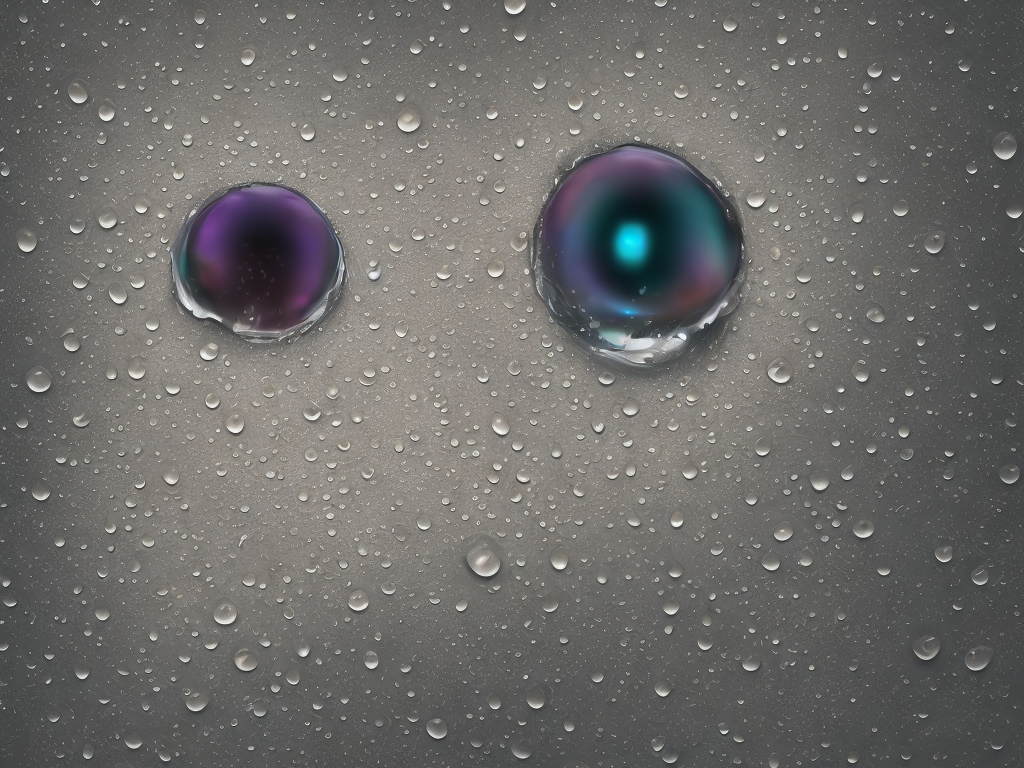
Sleet and freezing rain are two types of precipitation that occur when rain falls through a layer of cold air and freezes before it reaches the ground. The main difference between sleet and freezing rain is in the form of the precipitation. Sleet is composed of small, transparent ice pellets that are round or irregular in shape. Freezing rain is composed of liquid droplets that freeze upon contact with the ground or other surfaces.
Sleet is created when snow falls through a layer of warm air and then re-freezes when it passes through a layer of cold air. It is often accompanied by strong winds and can be hazardous to drive in. It is also known as “ice pellets” or “sleet pellets.”
Freezing rain is created when rain falls through a layer of cold air and freezes upon contact with the ground or other surfaces. It is often accompanied by freezing temperatures and can be hazardous to drive in. Freezing rain is also known as “glaze” or “glazed ice.”
In summary, sleet is composed of small, transparent ice pellets, while freezing rain is composed of liquid droplets that freeze upon contact with the ground or other surfaces. Sleet is created when snow falls through a layer of warm air and then re-freezes when it passes through a layer of cold air, while freezing rain is created when rain falls through a layer of cold air and freezes upon contact with the ground or other surfaces.
 Self-Instruct
Self-Instruct